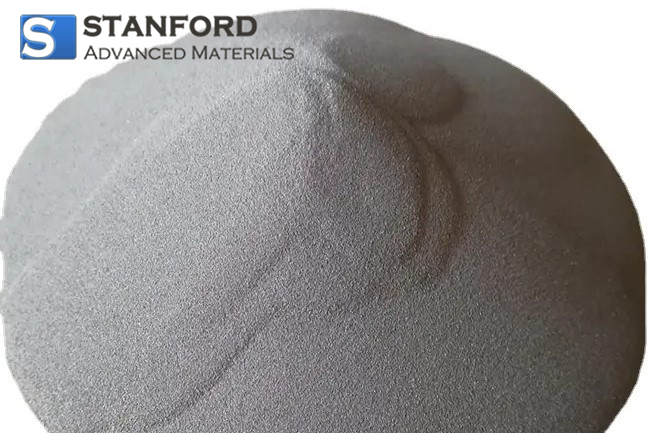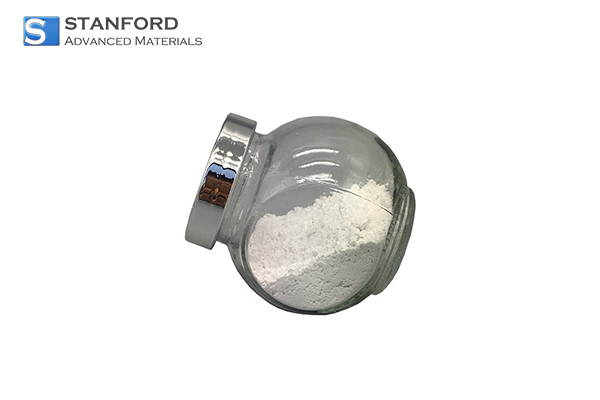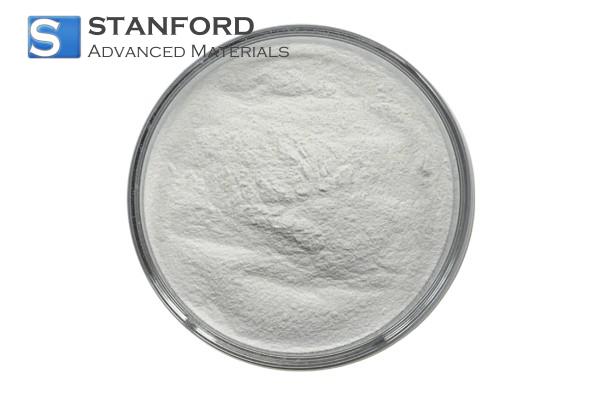Iron (III) Titanium Oxide Powder Descriptions
Iron (III) Titanium Oxide (CAS 12789-64-9) is generally immediately available in most volumes. High purity, submicron and nanopowder forms may be considered. Titanate compounds contain a form of Titanium Oxide and have various applications including electronics, ceramics, and batteries (in the case of Lithium Titanate).
Researchers from the University of Illinois recently created nanofiber mats of zinc titanate that can scrub sulfur impurities from petroleum-based fuels more efficiently than existing methods, a nanotechnology-based development that may lower the cost of fuel technologies in the future. Typical and custom packaging is available. Additional technical, research and safety (MSDS) information is available as is a Reference Calculator for converting relevant units of measurement.
As a leading supplier of Iron (III) Titanium Oxide across the world, Stanford Advanced Materials (SAM) enjoys over two decades of experience in the manufacture and sale of Iron (III) Titanium Oxide, offering customers high-quality Iron (III) Titanium Oxide Powder at a very competitive price.
Iron (III) Titanium Oxide Powder Specifications
|
Physicochemical Information
|
|
Density
|
4.39 g/cm3 (20 °C)
|
|
Melting Point
|
N/A
|
|
Boiling Point
|
N/A
|
|
Exact Mass
|
239.792385 g/mol
|
|
Solubility
|
Insoluble in water
|
Iron (III) Titanium Oxide Powder Applications
- Catalysis: Iron (III) Titanium Oxide Powder is utilized as a catalyst in various chemical reactions. Its surface properties and composition make it effective in promoting specific reactions, such as oxidation, reduction, and hydrolysis.
- Energy Storage: The powder is used in energy storage systems, including lithium-ion batteries and supercapacitors. It can be incorporated into the electrode materials to improve the performance, stability, and cycling capability of energy storage devices.
- Pigments: Iron (III) Titanium Oxide is employed as a pigment in the production of ceramics, paints, and coatings. Its dark color and unique optical properties contribute to the desired coloration and appearance of the final products.
- Ceramic Materials: The powder is utilized in the manufacturing of ceramic materials, including ceramics for electronic applications, such as capacitors and resistors. Its electrical properties and stability at high temperatures make it suitable for these applications.
- Magnetic Materials: Iron (III) Titanium Oxide can be utilized in the production of magnetic materials, such as magnetic nanoparticles or magnetic films. Its magnetic properties make it useful in various technological applications, including data storage and magnetic sensors.




